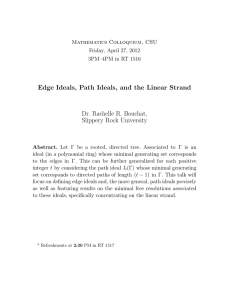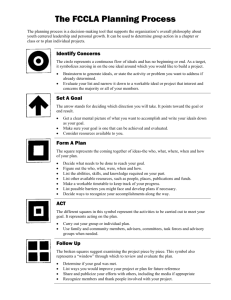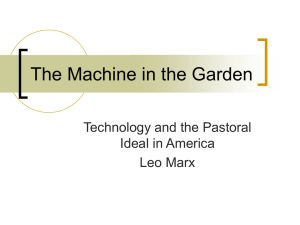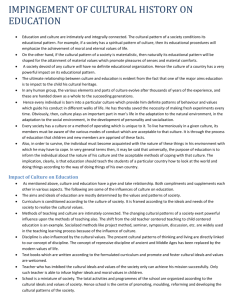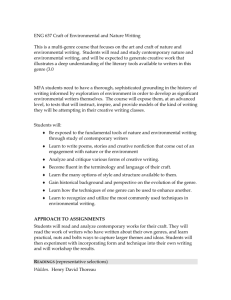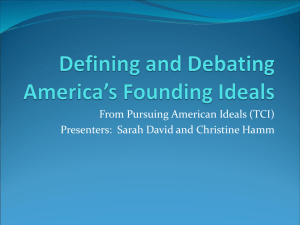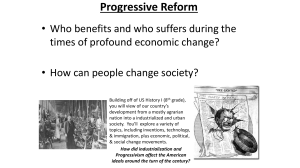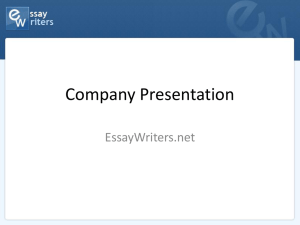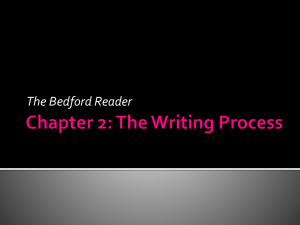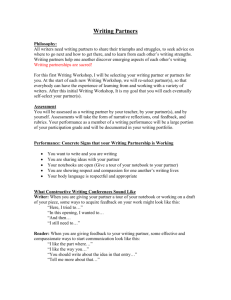English 253: Masterpieces of American Literature
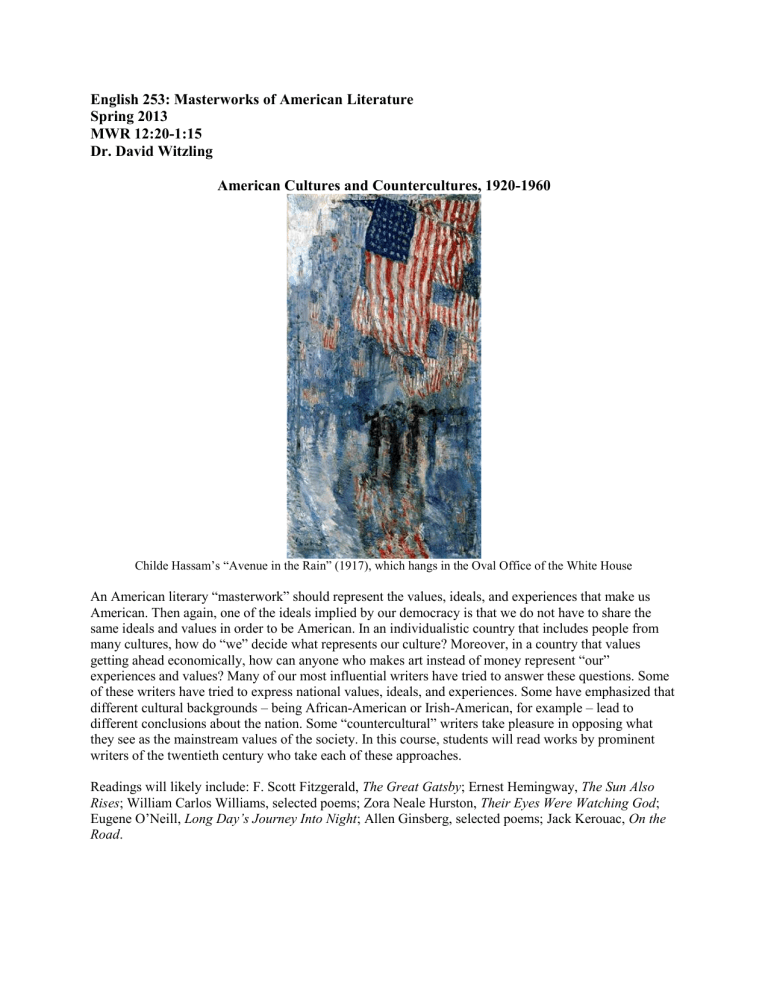
English 253: Masterworks of American Literature
Spring 2013
MWR 12:20-1:15
Dr. David Witzling
American Cultures and Countercultures, 1920-1960
Childe Hassam’s “Avenue in the Rain” (1917), which hangs in the Oval Office of the White House
An American literary “masterwork” should represent the values, ideals, and experiences that make us
American. Then again, one of the ideals implied by our democracy is that we do not have to share the same ideals and values in order to be American. In an individualistic country that includes people from many cultures, how do “we” decide what represents our culture? Moreover, in a country that values getting ahead economically, how can anyone who makes art instead of money represent “our” experiences and values? Many of our most influential writers have tried to answer these questions. Some of these writers have tried to express national values, ideals, and experiences. Some have emphasized that different cultural backgrounds – being African-American or Irish-American, for example – lead to different conclusions about the nation. Some “countercultural” writers take pleasure in opposing what they see as the mainstream values of the society. In this course, students will read works by prominent writers of the twentieth century who take each of these approaches.
Readings will likely include: F. Scott Fitzgerald, The Great Gatsby ; Ernest Hemingway, The Sun Also
Rises ; William Carlos Williams, selected poems; Zora Neale Hurston, Their Eyes Were Watching God ;
Eugene O’Neill, Long Day’s Journey Into Night ; Allen Ginsberg, selected poems; Jack Kerouac, On the
Road .
